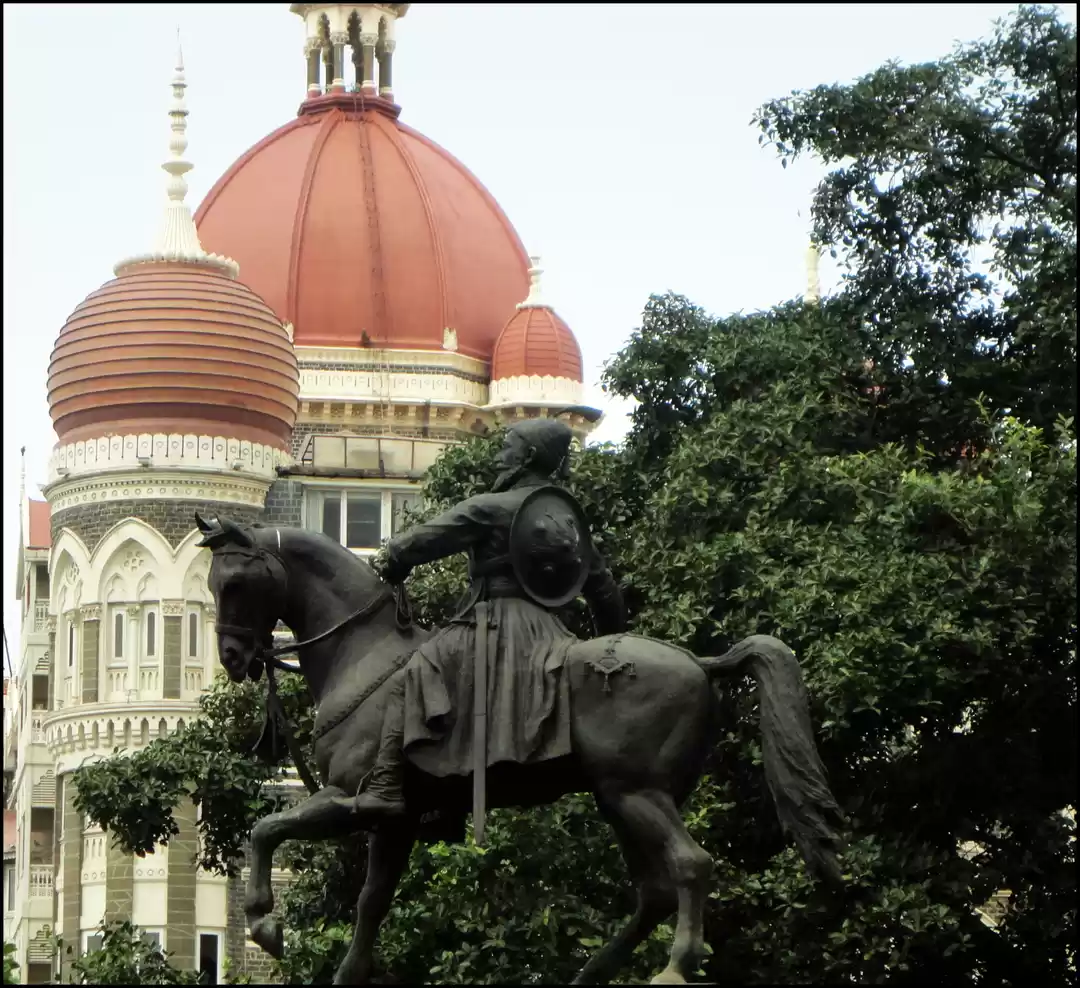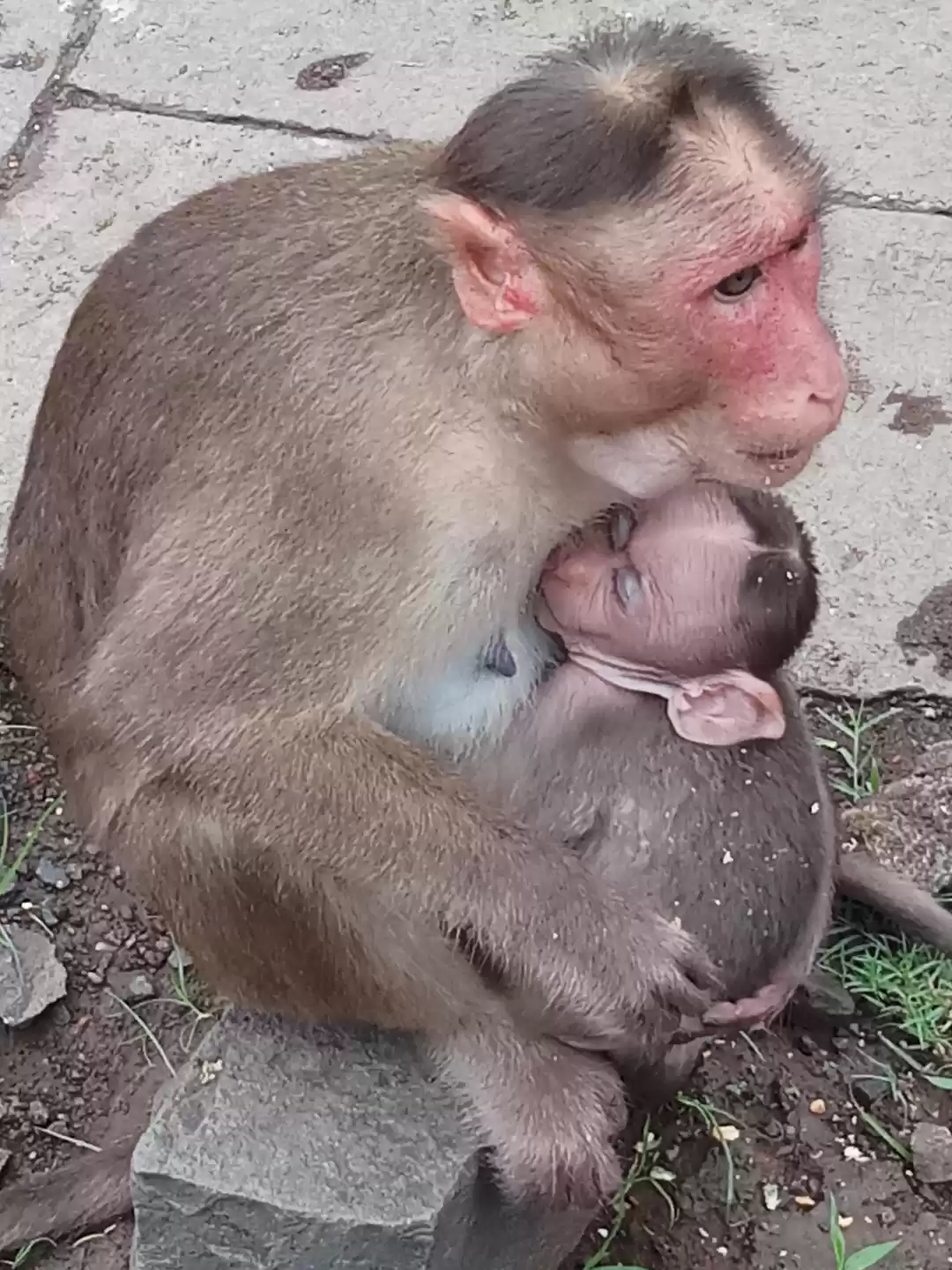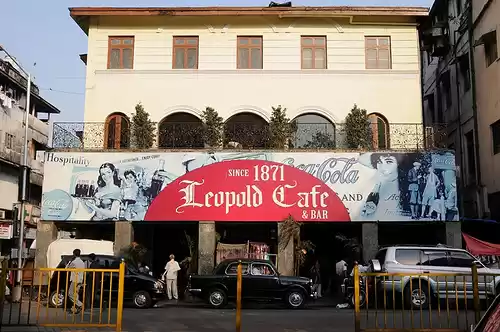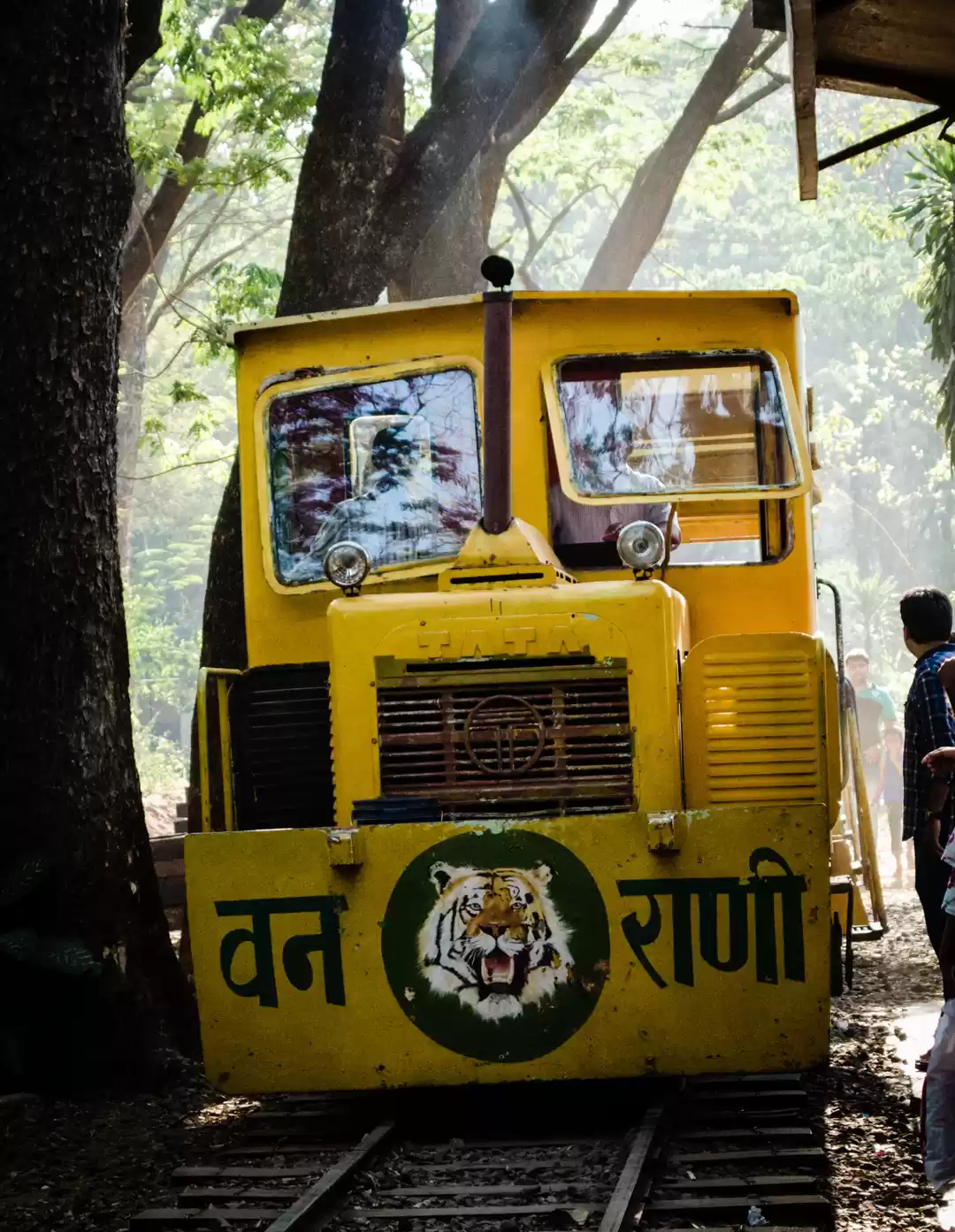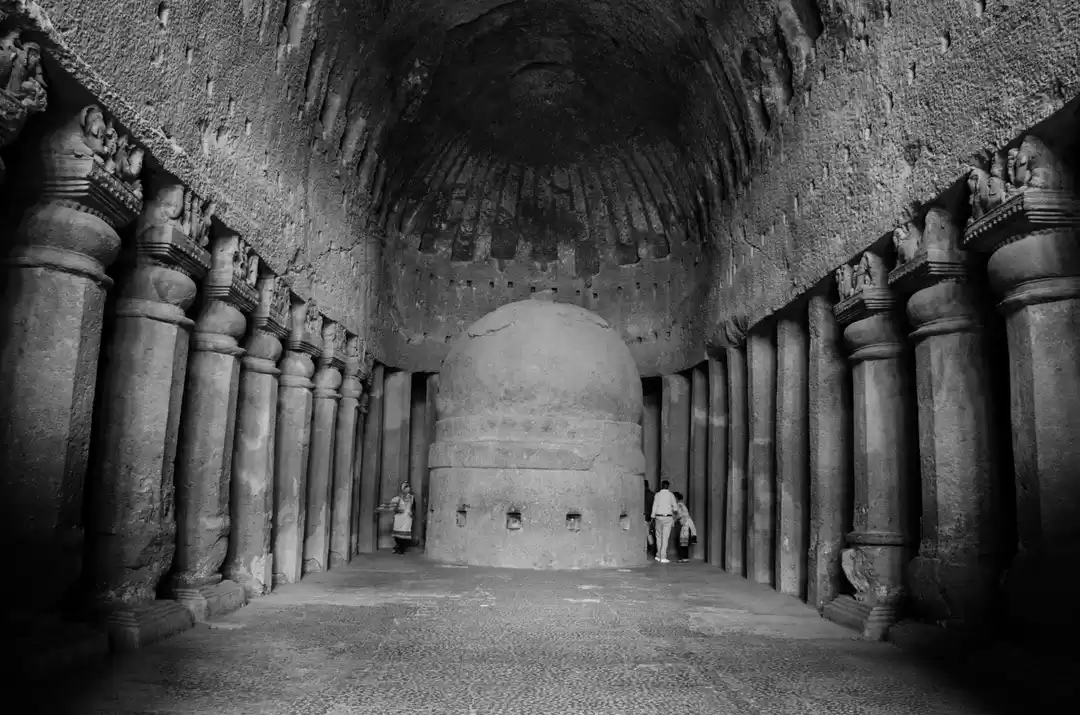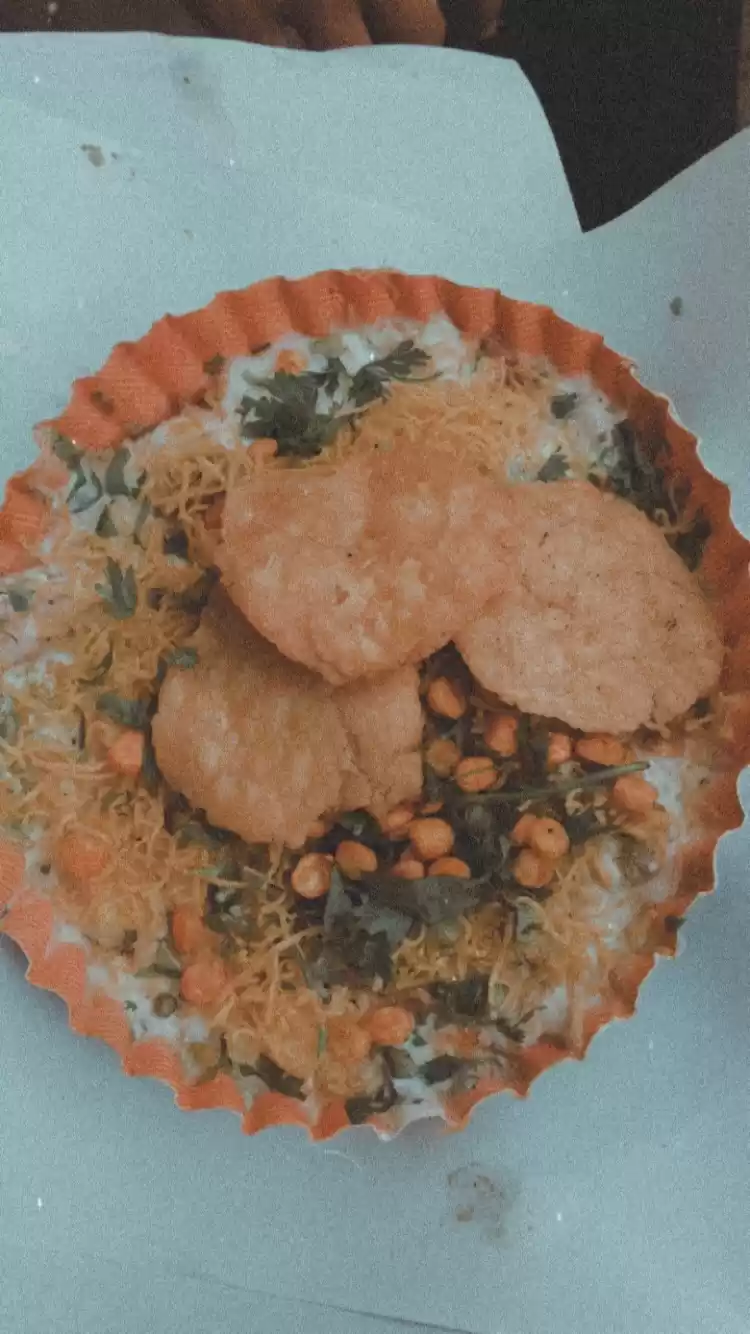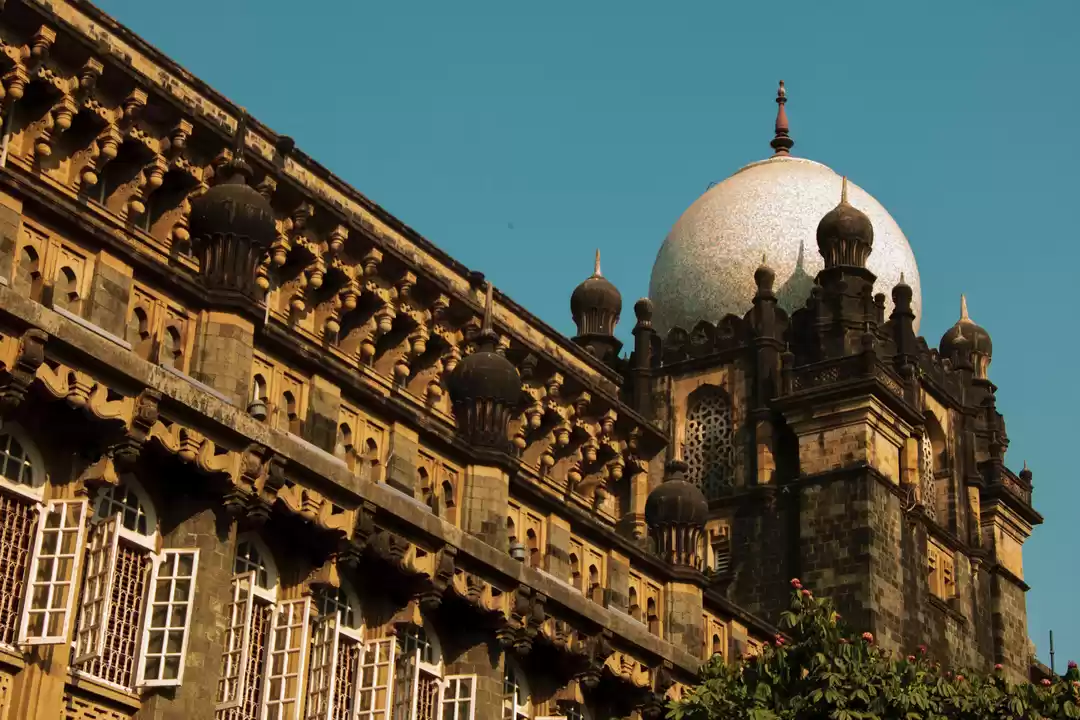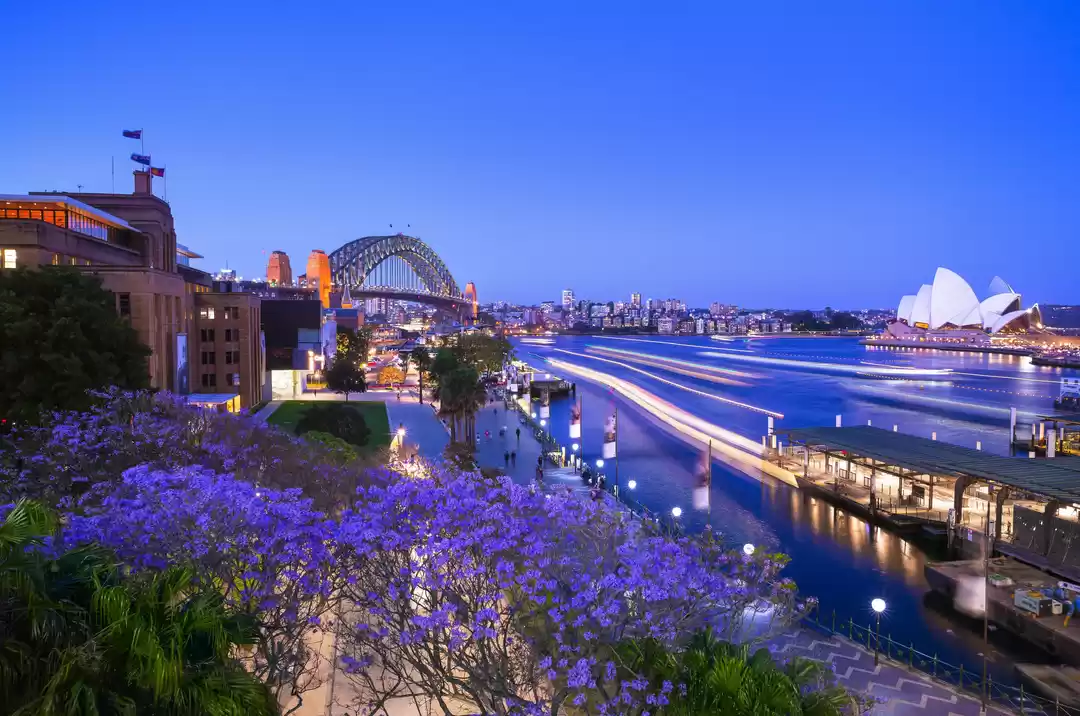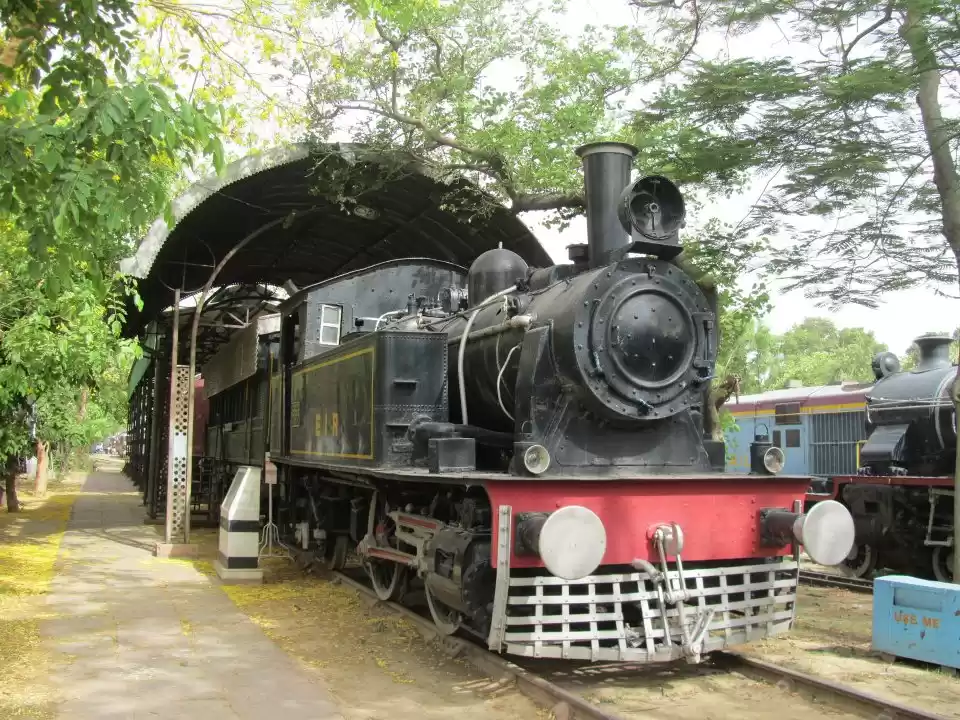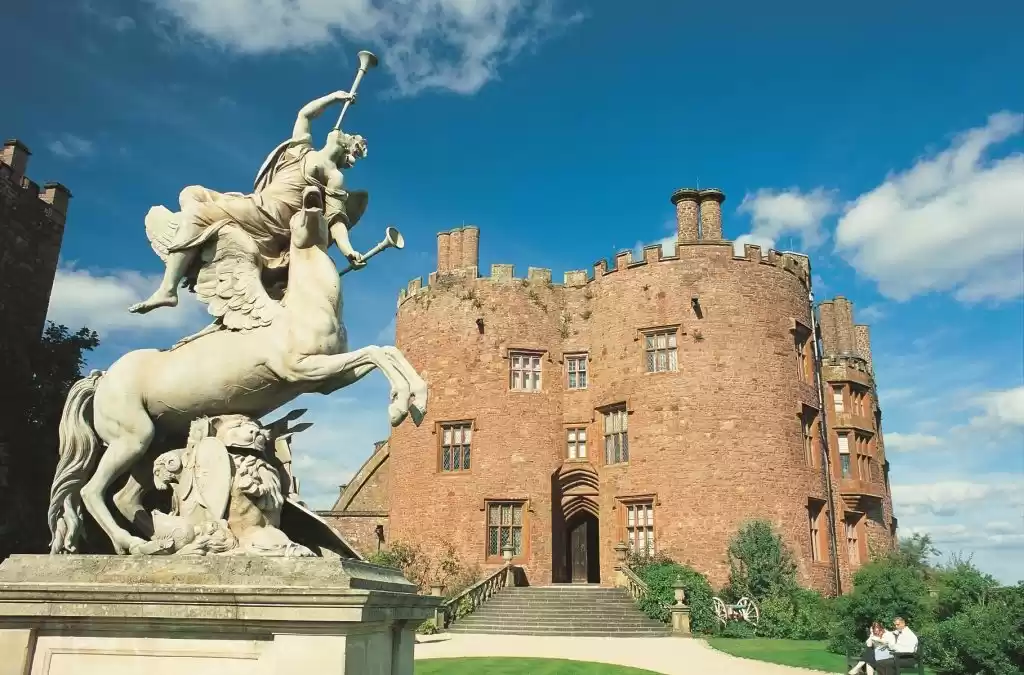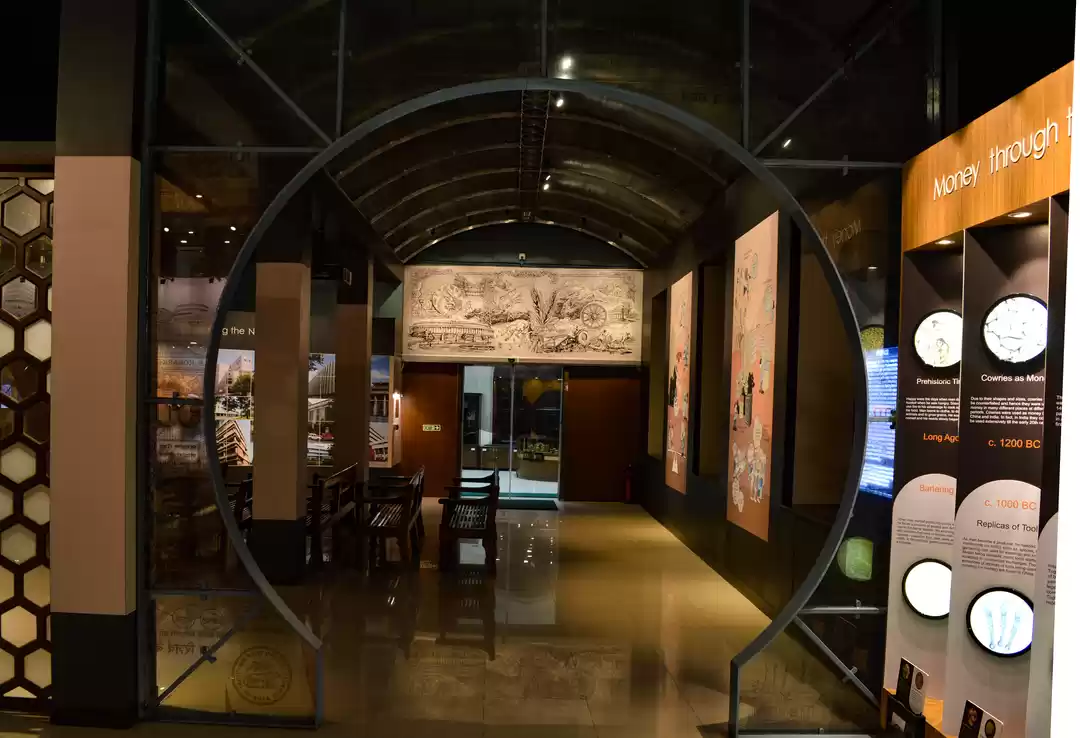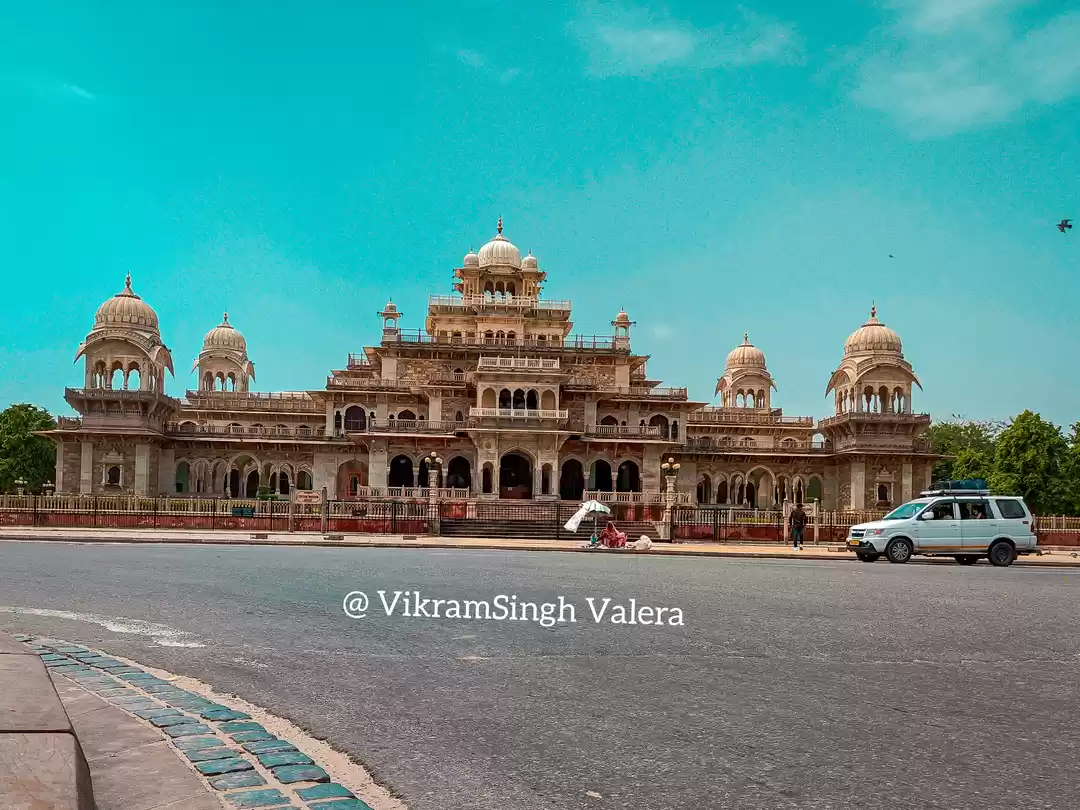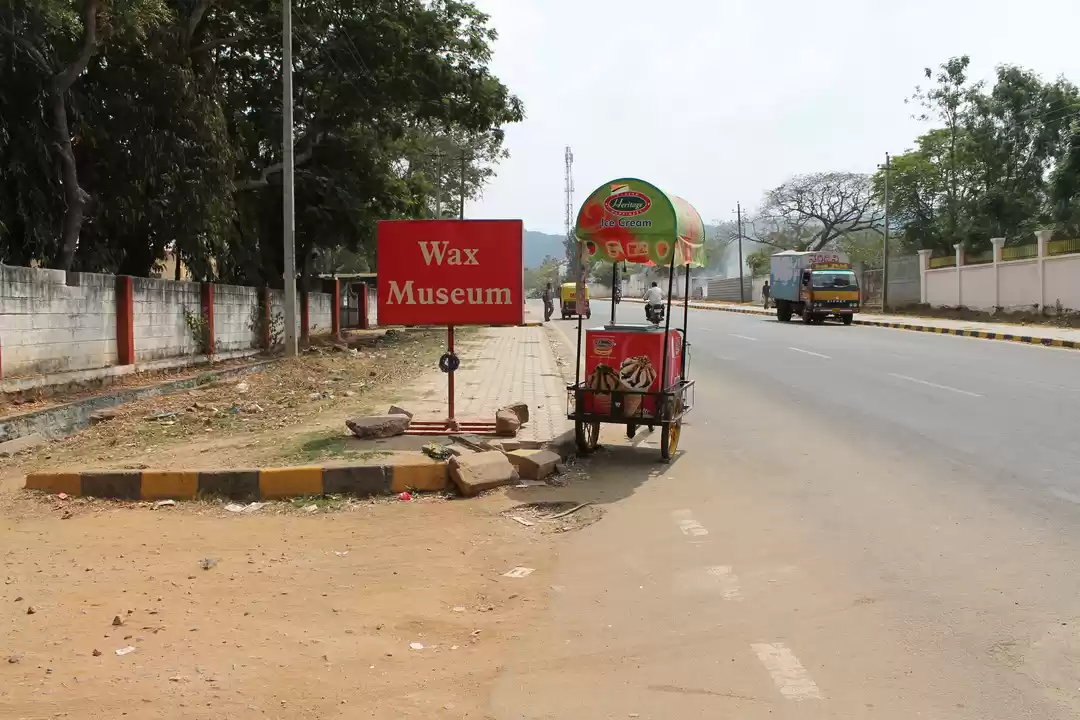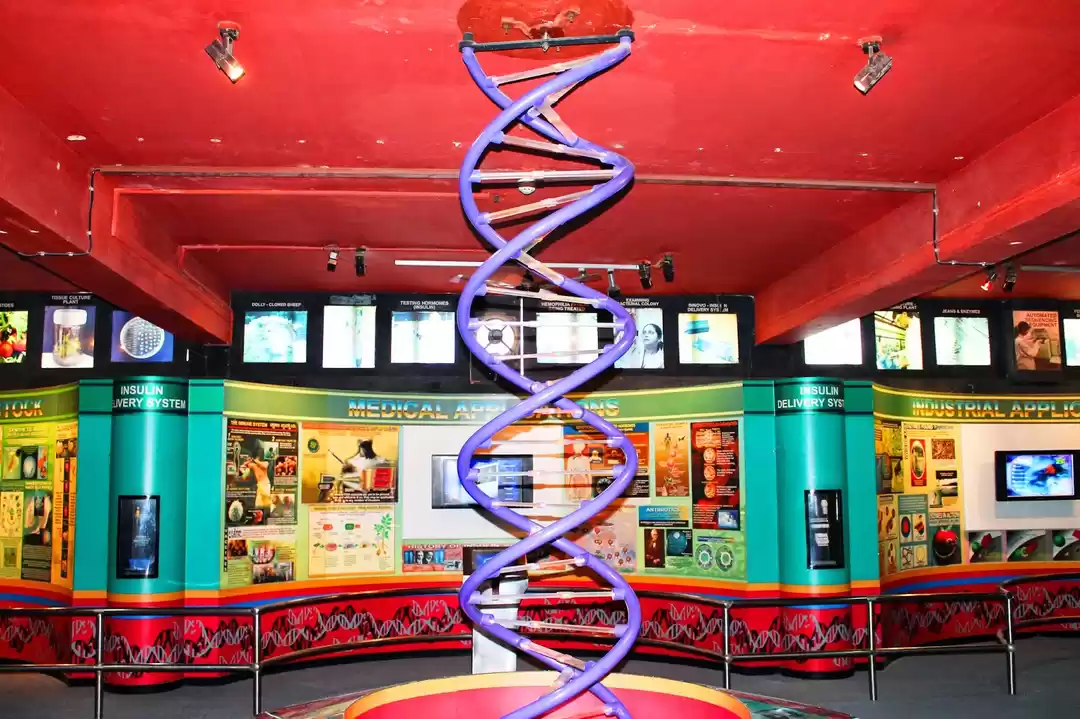Are you looking for a place to explore the rich and diverse heritage of India? Do you want to witness the stunning architecture and art of different eras and regions? Do you want to learn more about the history and culture of Mumbai, the city of dreams? If yes, then you should definitely visit the Prince of Wales Museum, also known as the Chhatrapati Shivaji Maharaj Vastu Sangrahalaya. This museum is one of the most popular and prestigious attractions in Mumbai, and a must-see for anyone who loves art, history and culture.
In this article, we will provide you with all the information you need to plan your visit to the Prince of Wales Museum. We will cover the museum timings and entry fee, how to reach the museum, the museum exhibits, the museum facilities, the Mumbai Experience, the best time to visit the museum, and the places to visit near the museum. Whether you are a solo traveller, a couple, a family, or a group, you will find something to suit your interests and preferences at the Prince of Wales Museum.
Museum Timings and Entry Fee
The Prince of Wales Museum is open from 10:15 am to 6:00 pm on all days of the week, except on Mondays and public holidays. The last entry is at 5:45 pm. The museum entry fee varies depending on the category of visitors and the type of ticket.
You can book your tickets online through the museum website or buy them at the museum counter. If you book online, you can avail a 10% discount on the ticket price. You can also opt for a group booking if you are more than 20 people, and get a 20% discount on the ticket price. You will need to show a valid ID proof or a student ID card to avail the discounts.
The museum also hosts special events and exhibitions throughout the year, featuring various themes and collections. You can check the museum website or social media pages for the latest updates on the events and exhibitions. Some of the recent events and exhibitions include:

India and the World: A History in Nine Stories: This exhibition showcased the shared history and culture of India and the world through nine stories, spanning from the ancient to the modern times. The exhibition featured over 200 objects from 20 museums across India and the world, such as the British Museum, the National Museum, the Victoria and Albert Museum, and the Chhatrapati Shivaji Maharaj Vastu Sangrahalaya.
Mummy: The Inside Story: This exhibition revealed the secrets of the ancient Egyptian mummy, Nesperennub, through a 3D virtual reality film and interactive displays. The exhibition also displayed other objects related to the Egyptian civilization, such as coffins, amulets, statues, and jewellery.
India and Greece: Cultural Interactions: This exhibition explored the cultural interactions between India and Greece, from the 4th century BCE to the 5th century CE. The exhibition displayed coins, sculptures, pottery, and textiles from both the regions, highlighting the similarities and differences in their art, religion, and trade.
How to Reach the Museum
The Prince of Wales Museum is located in the Fort area of Mumbai, near the Gateway of India and the Taj Mahal Palace Hotel. The museum address is 159-161 Mahatma Gandhi Road, Fort, Mumbai, Maharashtra 400023. You can reach the museum by various modes of transport, such as:

Public Transport:
You can take a local train, a bus, or a metro to reach the museum. The nearest railway station is Chhatrapati Shivaji Maharaj Terminus (CSMT), which is about 2 km away from the museum. You can take a taxi, an auto-rickshaw, or a bus from the station to the museum. The nearest bus stop is Regal Cinema, which is about 500 m away from the museum. You can take a bus from any part of the city to this stop. The nearest metro station is Churchgate, which is about 1.5 km away from the museum. You can take a metro from any part of the city to this station, and then take a taxi, an auto-rickshaw, or a bus to the museum.
Taxi:
You can take a taxi from any part of the city to the museum. The taxi fare will depend on the distance and the traffic. You can use online apps like Ola, Uber, or Meru to book a taxi, or hail a black-and-yellow taxi from the road. The average taxi fare from the airport to the museum is about INR 500.
Private Car:
You can drive your own car or rent a car to reach the museum. The museum has a parking facility for visitors, which can accommodate up to 50 cars and 100 two-wheelers. The parking fee is INR 20 per hour for cars and INR 10 per hour for two-wheelers. You can use online apps like Zoomcar, Revv, or Myles to rent a car, or contact a local car rental service.
Museum Exhibits
The Prince of Wales Museum is one of the largest and finest museums in India, with over 50,000 exhibits on display. The museum exhibits cover various aspects of the natural history, archaeology, and art of India and the world. The museum exhibits are divided into three main sections: the Natural History Section, the Archaeology Section, and the Art Section. Here is an overview of each section, with some of the highlights and attractions of each section:

Natural History Section
The Natural History Section showcases the diversity and evolution of the flora and fauna of India and the world. The section has over 20,000 specimens of animals, plants, fossils, minerals, and rocks. Some of the highlights and attractions of this section are:

The Mammal Gallery: This gallery displays the skeletons, skins, and stuffed specimens of various mammals, such as the tiger, the lion, the elephant, the rhinoceros, the giraffe, the hippopotamus, and the whale. The gallery also has a special exhibit of the Baluchitherium, the largest land mammal ever known, which lived about 20 million years ago.
The Bird Gallery: This gallery displays the feathers, eggs, nests, and stuffed specimens of various birds, such as the peacock, the flamingo, the eagle, the owl, the parrot, and the penguin. The gallery also has a special exhibit of the Great Indian Hornbill, the largest and most colourful hornbill in the world, which is endemic to India.
The Reptile Gallery: This gallery displays the skins, skeletons, and stuffed specimens of various reptiles, such as the crocodile, the turtle, the snake, the lizard, and the chameleon. The gallery also has a special exhibit of the King Cobra, the longest and most venomous snake in the world, which is native to India.
The Fish Gallery: This gallery displays the scales, bones, and stuffed specimens of various fish, such as the shark, the dolphin, the tuna, the salmon, and the seahorse. The gallery also has a special exhibit of the Coelacanth, a rare and ancient fish that was thought to be extinct until it was rediscovered in 1938.
The Insect Gallery: This gallery displays the wings, shells, and stuffed specimens of various insects, such as the butterfly, the moth, the beetle, the dragonfly, and the ant. The gallery also has a special exhibit of the **Atlas Moth**, the largest and most beautiful moth in the world, which is found in India and Southeast Asia.
The Fossil Gallery: This gallery displays the fossils of various animals and plants that lived millions of years ago, such as the dinosaur, the mammoth, the trilobite, and the fern. The gallery also has a special exhibit of the **Tyrannosaurus Rex**, the most famous and fearsome dinosaur of all time, which lived about 65 million years ago.
Archaeology Section
The Archaeology Section showcases the history and culture of India and the world, from the prehistoric to the medieval times. The section has over 10,000 objects of various materials, such as stone, metal, clay, and ivory. Some of the highlights and attractions of this section are:

The Prehistoric Gallery: This gallery displays the tools, weapons, ornaments, and pottery of various prehistoric cultures, such as the Paleolithic, the Mesolithic, the Neolithic, and the Chalcolithic. The gallery also has a special exhibit of the Indus Valley Civilization, one of the oldest and most advanced civilizations in the world, which flourished in India and Pakistan from 2500 BCE to 1900 BCE. The exhibit features seals, figurines, jewellery, weights, and scripts of the Indus Valley Civilization.
The Mauryan and Sunga Gallery: This gallery displays the sculptures, coins, inscriptions, and terracottas of the Mauryan and Sunga dynasties, which ruled over most of India from the 4th century BCE to the 2nd century BCE. The gallery also has a special exhibit of the Ashoka Pillar, a stone pillar erected by the Mauryan emperor Ashoka, who is known for his promotion of Buddhism and non-violence. The pillar bears the edicts of Ashoka, written in Brahmi script, and has a lion capital, which is the national emblem of India.
The Satavahana and Kushan Gallery: This gallery displays the sculptures, coins, pottery, and paintings of the Satavahana and Kushan dynasties, which ruled over parts of India from the 2nd century BCE to the 3rd century CE. The gallery also has a special exhibit of the Gandhara Art, a style of Buddhist art that originated in the region of Gandhara, now in Pakistan and Afghanistan. The Gandhara Art is influenced by Greek and Roman art, and depicts the Buddha and other Buddhist figures in a realistic and humanistic manner.

The Gupta and Post-Gupta Gallery: This gallery displays the sculptures, coins, bronzes, and ivories of the Gupta and Post-Gupta dynasties, which ruled over most of India from the 4th century CE to the 7th century CE. The gallery also has a special exhibit of the Ajanta Paintings, a series of mural paintings that adorn the walls and ceilings of the Ajanta Caves, a UNESCO World Heritage Site in Maharashtra. The Ajanta Paintings depict the life and teachings of the Buddha, as well as scenes from the Jataka tales, the stories of the Buddha’s previous lives.
The Early Medieval Gallery: This gallery displays the sculptures, coins, metalwork, and woodwork of the early medieval period, from the 7th century CE to the 13th century CE. The gallery also has a special exhibit of the Chola Bronzes, a collection of exquisite bronze statues of Hindu gods and goddesses, made by the Chola dynasty, which ruled over South India from the 9th century CE to the 13th century CE. The Chola Bronzes are renowned for their beauty, grace, and expression, and are considered masterpieces of Indian art.
Art Section
The Art Section showcases the art and culture of India and the world, from the medieval to the modern times. The section has over 20,000 objects of various media, such as paintings, textiles, jewellery, arms, and armour. Some of the highlights and attractions of this section are:

The Miniature Painting Gallery: This gallery displays the miniature paintings of various schools and styles, such as the Mughal, the Rajasthani, the Pahari, the Deccani, and the Company. The gallery also has a special exhibit of the Mewar Ramayana, a series of miniature paintings that illustrate the epic story of the Ramayana, commissioned by the Mewar ruler Jagat Singh in the 17th century. The Mewar Ramayana is one of the finest and most complete versions of the Ramayana in paintings, and is a treasure of Indian art and literature.
The European Painting Gallery: This gallery displays the paintings of various European artists, such as Rembrandt, Rubens, Reynolds, Gainsborough, and Turner. The gallery also has a special exhibit of the Sir Ratan Tata Collection, a collection of paintings donated by Sir Ratan Tata, a prominent industrialist and philanthropist, to the museum in 1921. The collection includes works by famous artists such as Raphael, Titian, Murillo, and Fragonard, and is one of the finest collections of European paintings in India.
The Textile Gallery: This gallery displays the textiles of various regions and periods, such as the Mughal, the Deccani, the Gujarat, the Bengal, and the Kashmir. The gallery also has a special exhibit of the Parsi Garas, a collection of embroidered silk saris worn by the Parsi women, who are the descendants of the Zoroastrian immigrants from Iran. The Parsi Garas are intricately embroidered with floral and bird motifs, and are influenced by the Chinese and European styles.
The Jewellery Gallery: This gallery displays the jewellery of various materials and designs, such as gold, silver, diamonds, pearls, rubies, emeralds, and sapphires. The gallery also has a special exhibit of the Nizam’s Jewellery, a collection of jewellery belonging to the Nizam of Hyderabad, who was the ruler of the largest and richest princely state in India. The Nizam’s Jewellery includes some of the most exquisite and valuable pieces of jewellery in the world, such as the Jacob Diamond, the Nizam’s Diamond Necklace, and the Nizam’s Emerald Belt.
The Arms and Armour Gallery: This gallery displays the arms and armour of various types and origins, such as swords, daggers, shields, helmets, guns, and cannons. The gallery also has a special exhibit of the Tipu Sultan’s Collection, a collection of arms and armour belonging to Tipu Sultan, who was the ruler of Mysore and a fierce opponent of the British. The Tipu Sultan’s Collection includes some of the most unique and innovative weapons, such as the Tipu’s Tiger, a mechanical toy that shows a tiger mauling a British soldier, and the Tipu’s Rocket, a rocket launcher that was used in the Anglo-Mysore wars.
Museum Facilities
The Prince of Wales Museum offers various facilities and services for the visitors, such as the audio guides, the cafeteria, the library, and the souvenir shop. Here is some information on each facility:
The Audio Guides: The museum provides audio guides for the visitors, which are available in English, Hindi, Marathi, and Gujarati languages. The audio guides provide detailed and interesting information on the museum exhibits, and enhance the visitor’s experience. The audio guides can be rented at the museum counter for INR 100 per device, and require a refundable deposit of INR 500 per device.
The Cafeteria: The museum has a cafeteria, which serves a variety of snacks, beverages, and meals. The cafeteria is located on the ground floor of the museum, and has a seating capacity of 100 people. The cafeteria is open from 10:30 am to 5:30 pm on all days of the week, except on Mondays and public holidays. The cafeteria offers both vegetarian and non-vegetarian options, and has a menu that changes daily. The average cost of a meal at the cafeteria is INR 200 per person.
The Library: The museum has a library, which has a collection of over 50,000 books, journals, and manuscripts on various subjects, such as art, history, culture, and religion. The library is located on the first floor of the museum, and has a reading room, a reference section, and a digital section. The library is open from 10:30 am to 5:30 pm on all days of the week, except on Mondays and public holidays. The library is accessible to the museum members, the researchers, and the students, who need to register at the library counter and show a valid ID proof. The library also organizes various events and workshops, such as book launches, lectures, and seminars, for the benefit of the readers.
The Souvenir Shop: The museum has a souvenir shop, which sells a variety of products, such as books, postcards, magnets, mugs, t-shirts, and replicas of the museum exhibits. The souvenir shop is located on the ground floor of the museum, and is open from 10:15 am to 6:00 pm on all days of the week, except on Mondays and public holidays. The souvenir shop accepts cash, cards, and online payments, and offers a 10% discount for the museum members. The souvenir shop is a great place to buy some memorabilia and gifts for yourself and your loved ones.
Mumbai Experience
The Mumbai Experience is a short film that is screened at the museum, which showcases the history and culture of Mumbai, the city of dreams. The film is a 15-minute journey through the past, present, and future of Mumbai, featuring its landmarks, people, and events. The film is narrated by the famous Bollywood actor, Amitabh Bachchan, and is accompanied by a musical score by the renowned composer, A.R. Rahman. The film is a visual treat and a tribute to the spirit of Mumbai.
The Mumbai Experience is screened at the Auditorium of the museum, which is located on the ground floor. The film is shown every 30 minutes, from 10:30 am to 5:30 pm on all days of the week, except on Mondays and public holidays. The film is available in English, Hindi, Marathi, and Gujarati languages. The film ticket is INR 50 per person, and can be bought at the museum counter or online. The film ticket is separate from the museum ticket, and does not include the access to the museum exhibits. The film ticket is valid for one show only, and cannot be exchanged or refunded.
The Mumbai Experience is a unique and enjoyable feature of the museum, and is highly recommended for anyone who wants to know more about the city and its charm. The film is suitable for all ages and backgrounds, and is a great way to start or end your visit to the museum.
Best Time to Visit the Museum
The best time to visit the museum depends on your preference and convenience, but here are some factors to consider:
Weather:
Mumbai has a tropical climate, with hot and humid summers, mild and dry winters, and heavy monsoon rains. The average temperature ranges from 25°C to 32°C throughout the year, with occasional spikes and drops. The best time to visit the museum in terms of weather is from November to February, when the weather is pleasant and cool, and the humidity is low. The worst time to visit the museum in terms of weather is from June to September, when the weather is hot and wet, and the city is prone to floods and traffic jams.
Crowd:
The museum is one of the most popular attractions in Mumbai, and attracts a large number of visitors, especially on weekends and holidays. The museum can get crowded and noisy, and you may have to wait in long queues to enter the museum or see the exhibits. The best time to visit the museum in terms of crowd is on weekdays and mornings, when the museum is less crowded and more peaceful. The worst time to visit the museum in terms of crowd is on weekends and afternoons, when the museum is more crowded and chaotic.
Events:
The museum hosts various events and exhibitions throughout the year, which can enhance your experience and interest. The events and exhibitions can also attract more visitors and media attention, and create a buzz around the museum. The best time to visit the museum in terms of events is when there is an event or exhibition that matches your interest and curiosity. The worst time to visit the museum in terms of events is when there is no event or exhibition that appeals to you, or when the event or exhibition is too crowded or overhyped.
Based on these factors, you can decide the best time to visit the museum for yourself. However, no matter when you visit the museum, you will surely have a memorable and enriching experience.
Places to Visit Near the Museum
The museum is located in a prime area of Mumbai, which has many other attractions and places to visit nearby. You can easily combine your visit to the museum with a visit to some of these places, and make the most of your time in Mumbai. Here are some of the places to visit near the museum, which are within walking distance or a short drive from the museum:

The Gateway of India:
The Gateway of India is a monumental arch that was built to commemorate the visit of King George V and Queen Mary to India in 1911. The arch is made of yellow basalt and concrete, and has a height of 26 meters and a width of 15 meters. The arch is adorned with four turrets and intricate latticework. The arch is a symbol of Mumbai and India, and is a popular spot for tourists and locals alike. The arch offers a stunning view of the Arabian Sea and the Taj Mahal Palace Hotel, and is a great place to take photos and enjoy the breeze. The arch is also the starting point for boat rides to the Elephanta Caves and other islands.

The Taj Mahal Palace Hotel:
The Taj Mahal Palace Hotel is a luxury hotel that was built in 1903 by Jamsetji Tata, the founder of the Tata Group. The hotel is a blend of Indian, Islamic, and European architecture, and has a distinctive red dome and a grand facade. The hotel is one of the most iconic and prestigious hotels in the world, and has hosted many celebrities, dignitaries, and royalty. The hotel is also a witness to history, as it was the site of the 26/11 terrorist attacks in 2008, which killed 166 people and injured 300. The hotel is a testament to the resilience and spirit of Mumbai, and is a place of pride and honour. The hotel offers a range of services and amenities, such as restaurants, bars, spas, pools, and shops, and is a place of luxury and elegance.
The Elephanta Caves:
The Elephanta Caves are a group of rock-cut caves that date back to the 5th to 8th centuries CE. The caves are located on an island in the Arabian Sea, about 10 km from the Gateway of India. The caves are a UNESCO World Heritage Site, and are famous for their sculptures and carvings of Hindu and Buddhist deities. The caves are divided into two groups: the Hindu caves and the Buddhist caves. The Hindu caves are dedicated to Lord Shiva, and have a main cave that houses a 6-meter-high statue of Shiva in his three-headed form, known as the Trimurti. The Buddhist caves are dedicated to Lord Buddha, and have a main cave that houses a 7-meter-high statue of Buddha in his seated posture, known as the Mahaparinirvana. The caves are a marvel of art and architecture, and are a place of spirituality and serenity. The caves can be reached by a boat ride from the Gateway of India, which takes about an hour. The caves are open from 9:00 am to 5:00 pm on all days of the week, except on Mondays. The entry fee is INR 40 for Indian citizens and INR 600 for foreign nationals. The boat fare is INR 200 for a return trip.
The Prince of Wales Museum is a must-visit attraction for anyone who is interested in art, history, and culture. The museum has something for everyone, and is a place of learning and enjoyment. The museum is also a place of beauty and wonder, and is a reflection of the diversity and richness of India and the world. The museum is also a place of connection and inspiration, and is a tribute to the past, present, and future of Mumbai and India.
We hope this article has helped you with planning your visit to the Prince of Wales Museum. We hope you have a great time at the museum, and discover the treasures and stories that await you there. Thank you for reading this article, and please share your feedback or comments with us.









